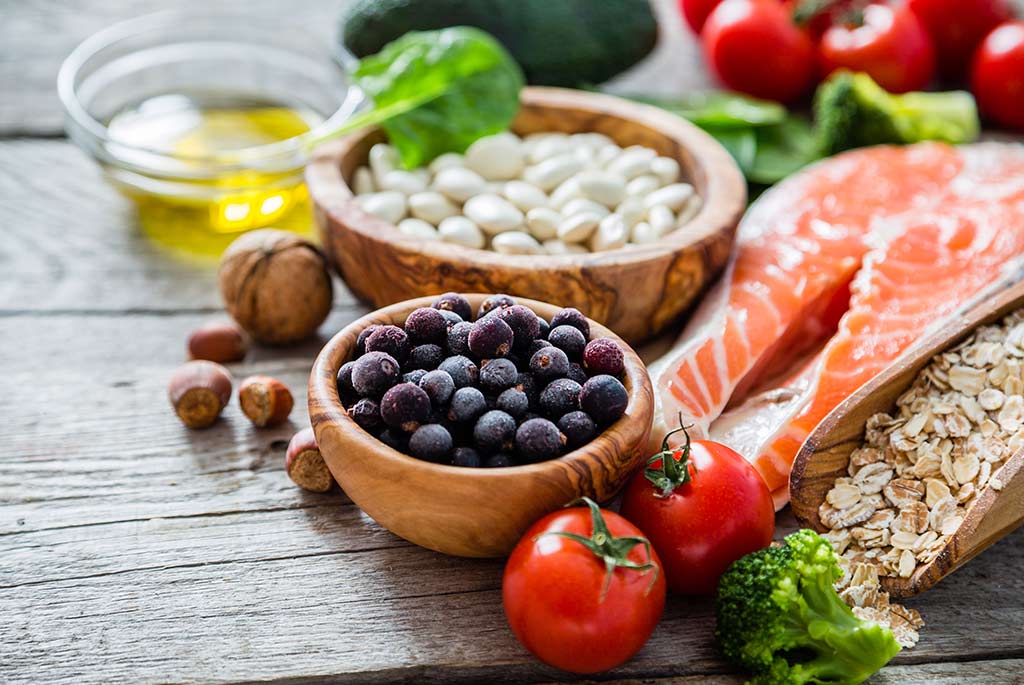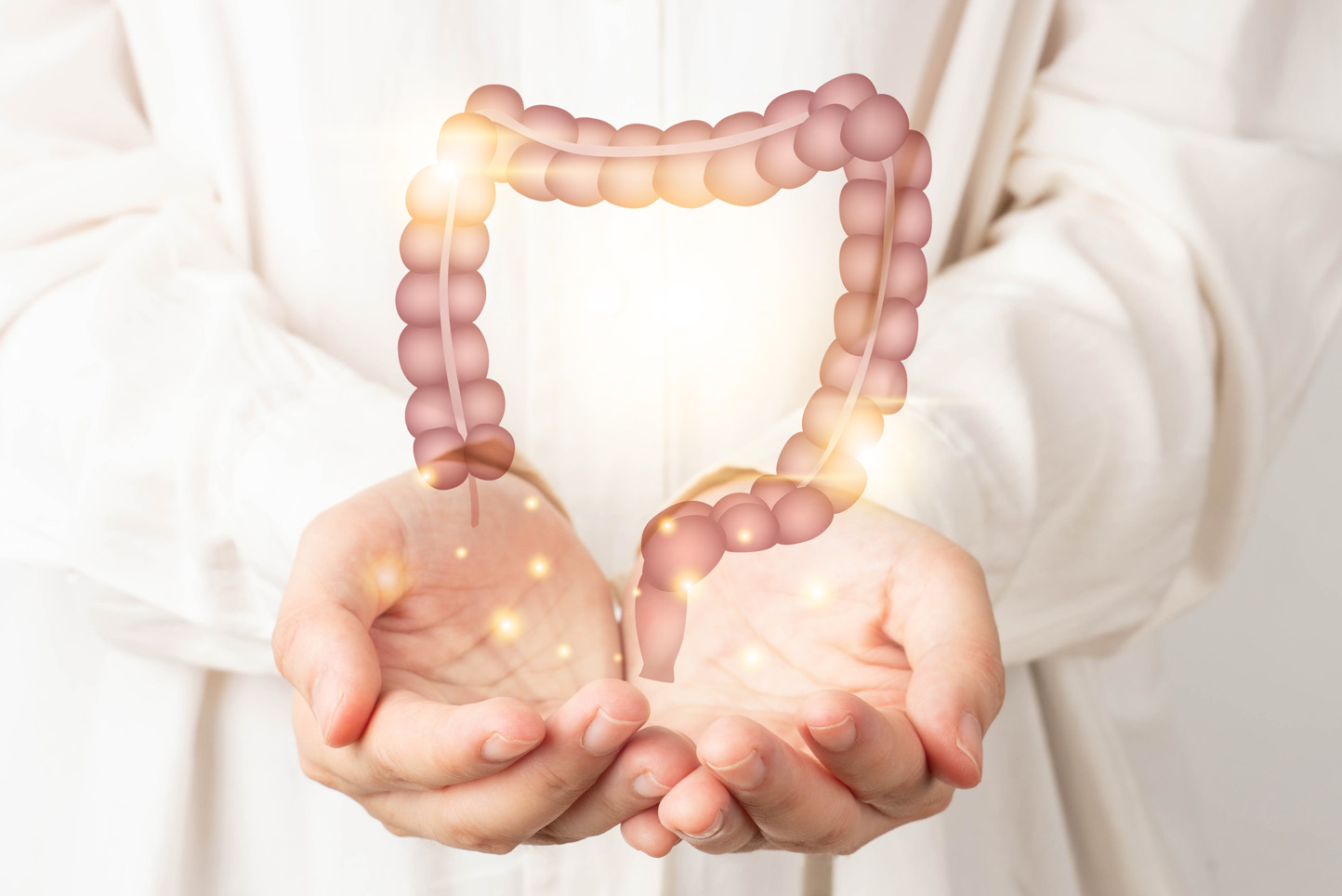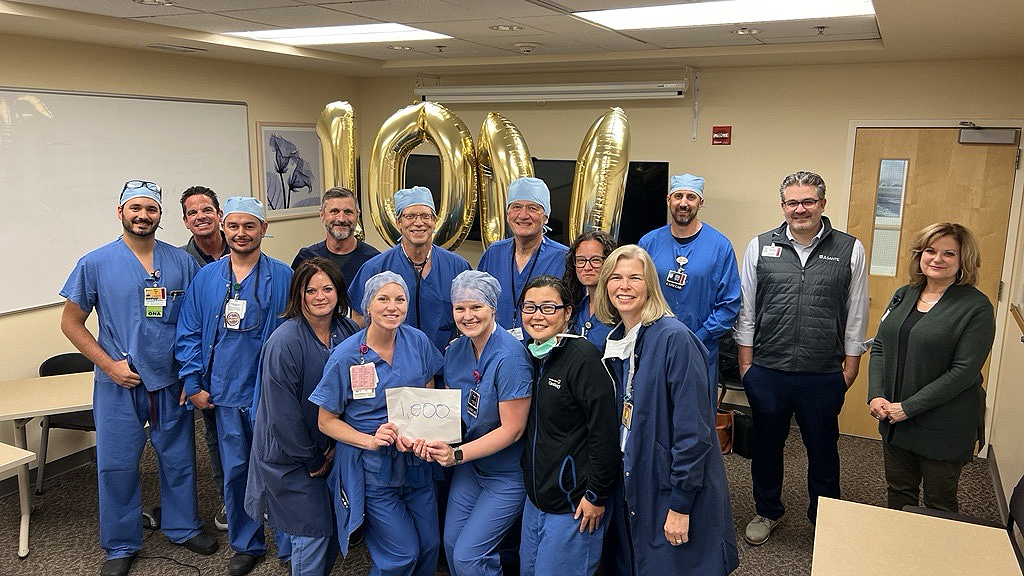My doctor told me to follow a heart-healthy diet. What advice can you give for heart-healthy eating?
Here’s a simple tip that’s easy to remember: Think small and bright for eating right.
“Small” means watch your portion size. And “bright” means you should eat a variety of natural colors, which are easily found in fruits and vegetables. When you follow the “small and bright” rule, you’ll find a wide variety of options that are not only heart-healthy but also delicious.
Most Americans aren’t aware of what a healthy portion really is. This is because average portion sizes have gotten bigger in recent decades. Restaurants entice us with “supersize” value meals and all-you-can-eat deals. At home, it’s easy to scoop a second helping before giving our bodies a chance to tell us they’re full. Eventually, the extra intake adds up — usually on the hips and in the arteries.
To keep portions in check, follow these “handy” guidelines:
- Cuts of lean meat or fish should fit in the palm of your hand.
- Each serving of potatoes, rice, pasta or fruit should be about the size of your fist and strive for only one serving per meal.
Consider this: your plate should contain at least twice as many plants as animals. Animal products such as milk or meat are good sources of vital nutrients, but they also contain saturated fat and cholesterol that should be eaten in moderation. - As for eating “bright,” it’s important to fill your plate with colorful foods — and we’re not talking red meat. Generally, the brighter a fruit or vegetable, the more nutrients and antioxidants it contains. Think red beets, orange carrots, green spinach and so on.
- Aim for four to seven cups a day of leafy greens, fresh fruit and raw or steamed vegetables. An excellent goal to strive for is to make half your plate vegetables at every meal.
- Always remember to keep salt content of foods in mind when trying to eat heart-healthy. A food item that is considered heart-healthy has less than 140 mg of sodium per serving. Striving to eat foods that do not come from a package or can will drastically decrease your daily sodium intake. Shopping tip — try to shop the perimeter of your grocery store; this is generally where you will find the whole foods.
- Finally, don’t forget the whole grains, nuts and beans. Whole grains typically contain fiber which can be helpful in lowering your cholesterol levels, round out a heart-healthy diet and will keep you satisfied by adding a wide variety of flavor and texture in your meals.









